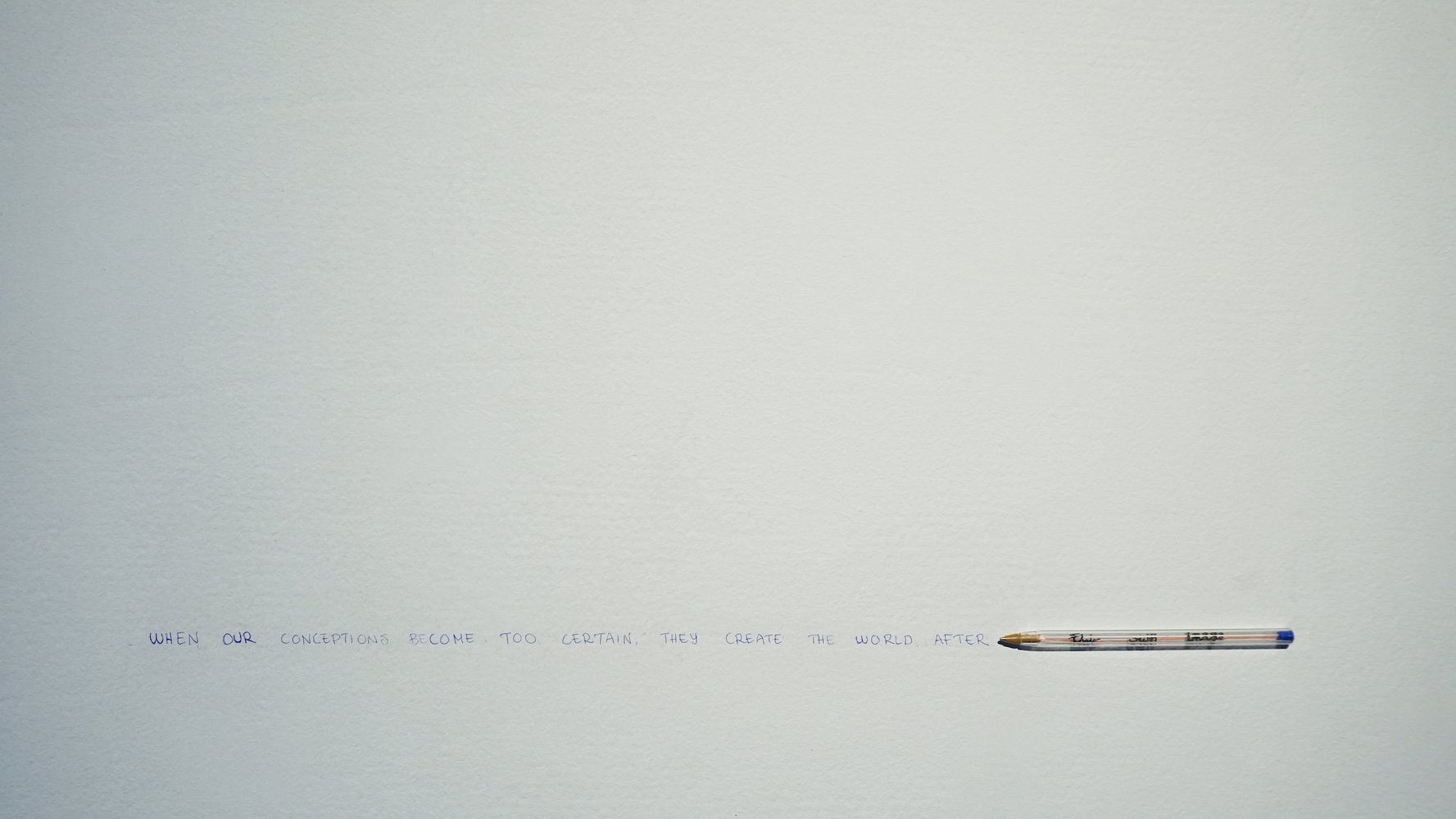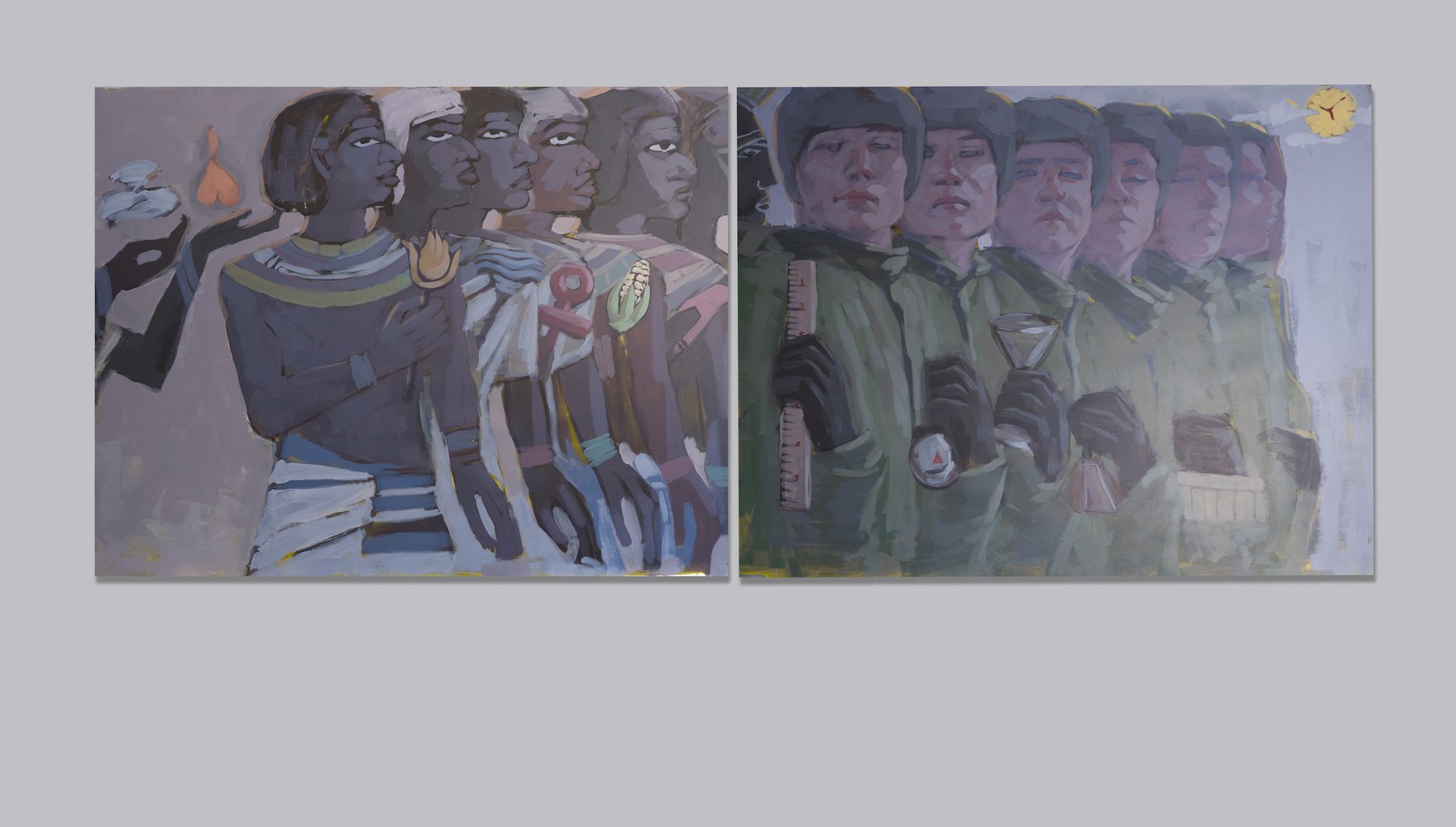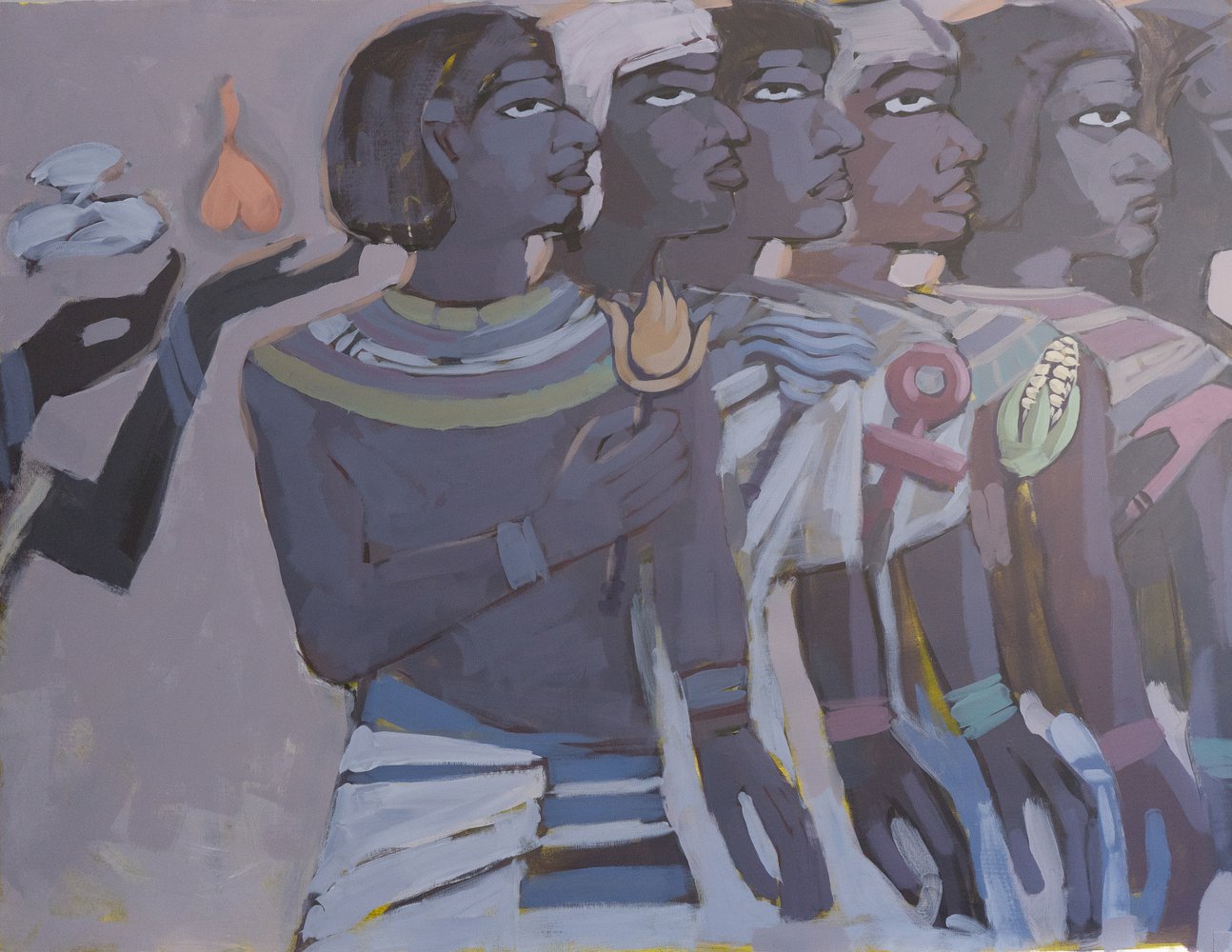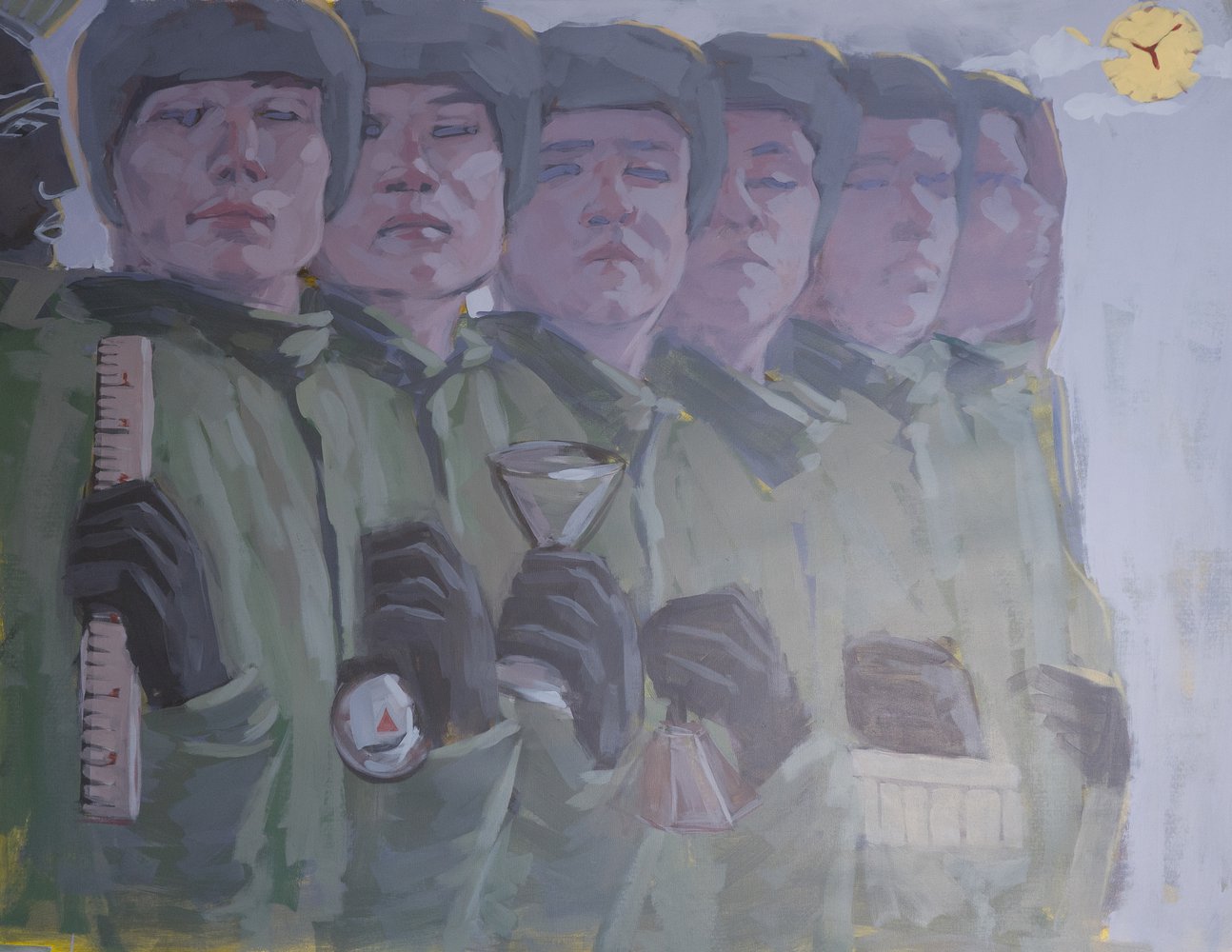The artist
Yohannes Mulat Mekonnen (b. 1992) is a multidisciplinary visual artist working in video, installations, drawings and mixed media. Growing up in Addis Ababa, Ethiopia - a city that brims with an array of ethnic and religious cultures and host multiple narratives of plural origins. Yohannes has always been intrigued to observe the intersections and tensions that arise from such coexistence of pluralities.
Being trained as a fine artist in a classical art school, the choice of mediums was limited to drawing, painting and sculpture. This tradition of reality modeling based on physical material has influenced Yohannes' understanding of representation as a creation of correspondence between the nature of a subject represented and that of the medium employed. Yohannes has employed this notion of material embodied cognition as a visual strategy in most of his works.
After completing his undergraduate studies in ASFAD and one year of wide-ranging artistic practice, he moved to Tromsø, Norway where he studied masters of contemporary arts.
His works are predominantly informed by his study of the relationship of reality and its myriad representations and how these representations dictate individual and cultural relations. Some of his works, such as 'Pygmalion's pen', 'Map of possibilities' and 'What the Wise Awakens to', discuss how ideological representation corresponds with reality from different perspectives. His recent works deal with the question of representation of reality and the role of power in the creation of truth/narrative have their roots in his upbringing.
Selected works
What the Wise Awakens To, 2021
'What the Wise Awakens To' is a short animation film made from individually hand-painted frames. The narration of the film is based on the famous allegory of the cave from the Republic. The allegory of the cave as an archetypically structured story has a lot of similarity with other similar myths and stories on the same subject. For instance, with the life of Buddha from the east. Both stories being from more or less similar settings. in both Plato's cave and Buddha's youth, the reality is carefully constructed. The protagonist from Plato lived in a cave in which what he sees is selected and structured as shadows. Buddha also spends his pre-enlightened life in a world devoid of hunger, illness and death; curated and controlled by his father. These two stories diverge only in their picture of what the real world is; what their protagonist awakens to. According to the allegory, the protagonist will leave the cave to awaken to the splendor of the real world - radically better. While Buddha awakens to the suffering of the world. This is also where the interests of the film lays: what the knower awakens to. Moreover, the film also wants to contrast the utopian platonic vision with the indifferent and violent gaze of nature.
Director, producer, animator: Yohannes Mulat Mekonnen; Assistant Producer: Amogh Muralidhara; Music: Yisihak Getahun (Yizzac)
The Study of An Artifacts on Display I, 2021
The study of an artifact on display is a painting series, developed as antithesis to the dominant practice of representation of the artworks and artifactsin from Africa and the global south in Westeren museums and institutions without paying much attention to the reality the works are part of. These series of works want to render visible the cultural, human also a political biography of the works, which ranges from the people who made them to the violence used to acquire them.
Maps of possibilities, 2019
In this work, Yohannes examines how 20th century correspondence theory of linguistic parallels the rise of totalitarianism. Why are grammatically incorrect statements less appealing than the correct ones? Why are ambiguous and uncertain speeches less preferable than assertive and eloquent dialogue?
With no linguistic measures, we would be able neither to fully comprehend nor represent the human world with all its totality. But Certitude seems to be the defining characteristic both of our language structures and scientific understandings. The historical parallel of the optimist project of the 20th century towards achieving linguistic utopia, is the language of totalitarianism, which is also aimed at cultivating a language structure that dictates what is possible to think. Through a clear language and a certainty of vision, totalitarianism justifies itself; rational individuals will be mobilised to be feeling crowds. Whenever an idea believes in itself, when ideology is too certain, it forces the whole world to resemble its own image. Every ideology should have a systematic self doubt as an integral part of itself. 'Map of possibility' is intended just to do this by a symbolic attempt of putting the medium in flux and piecemeal alterations in a manner that alters the subjects that the medium corresponds with.
Read more
- Conversation between curator Nicole Rafiki, Yohannes Mekonnen and Ilavenil Jayapalan in Kulturtanken
- Interview in Hakapik
- Article in Contemporary Arts



